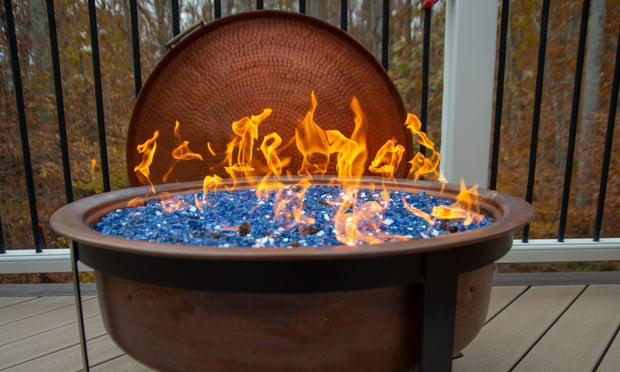 A fire pit should always be completely non-combustible with a stone or metal base. Walls should be a minimum of 12" deep and a two-foot safe zone around the pit to catch embers. (Photo: Jules Zagarola/Adobe Stock)
A fire pit should always be completely non-combustible with a stone or metal base. Walls should be a minimum of 12" deep and a two-foot safe zone around the pit to catch embers. (Photo: Jules Zagarola/Adobe Stock)
Property underwriters might appreciate that open fires around the home are nothing new. Our distant cousins Homo Erectus/Neanderthal experienced the first fire in a cave in South Africa somewhere between 400,000 and 1 million years ago. The discovery was completely accidental when stone tools were being shaped with flint elements. Sparks ignited straw bedding, and a new age in underwriting unfolded.
Recommended For You
Want to continue reading?
Become a Free PropertyCasualty360 Digital Reader
Your access to unlimited PropertyCasualty360 content isn’t changing.
Once you are an ALM digital member, you’ll receive:
- Breaking insurance news and analysis, on-site and via our newsletters and custom alerts
- Weekly Insurance Speak podcast featuring exclusive interviews with industry leaders
- Educational webcasts, white papers, and ebooks from industry thought leaders
- Critical converage of the employee benefits and financial advisory markets on our other ALM sites, BenefitsPRO and ThinkAdvisor
Already have an account? Sign In Now
© 2025 ALM Global, LLC, All Rights Reserved. Request academic re-use from www.copyright.com. All other uses, submit a request to [email protected]. For more information visit Asset & Logo Licensing.








